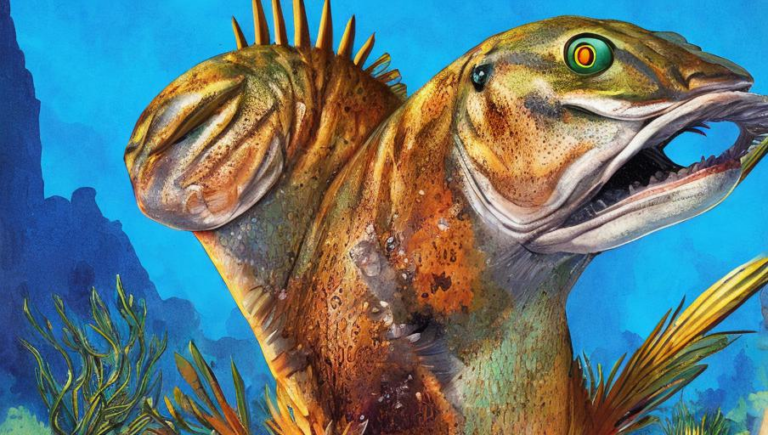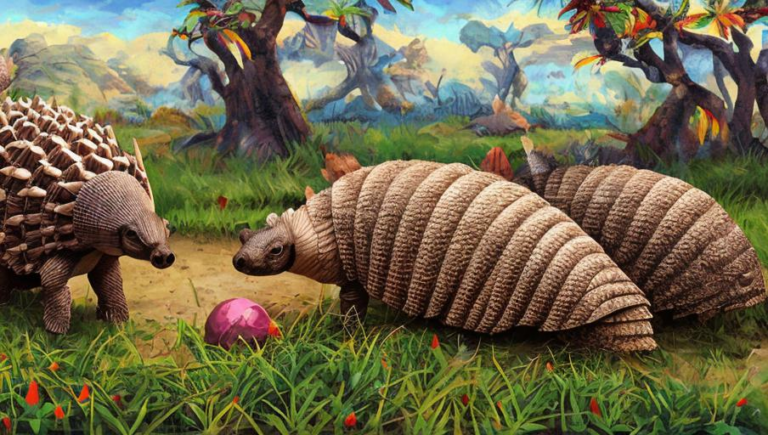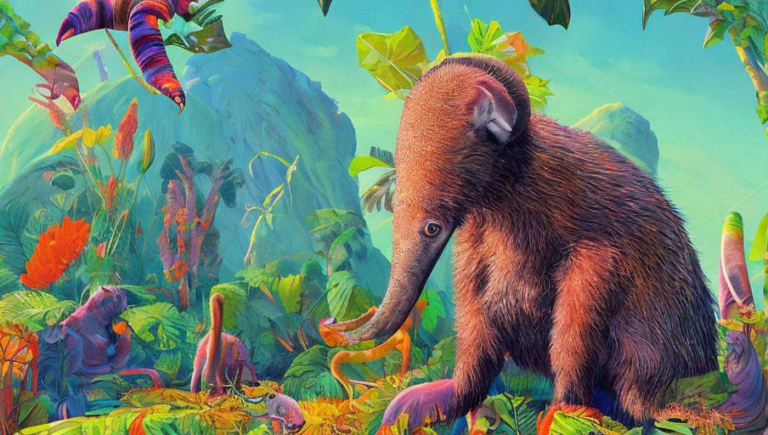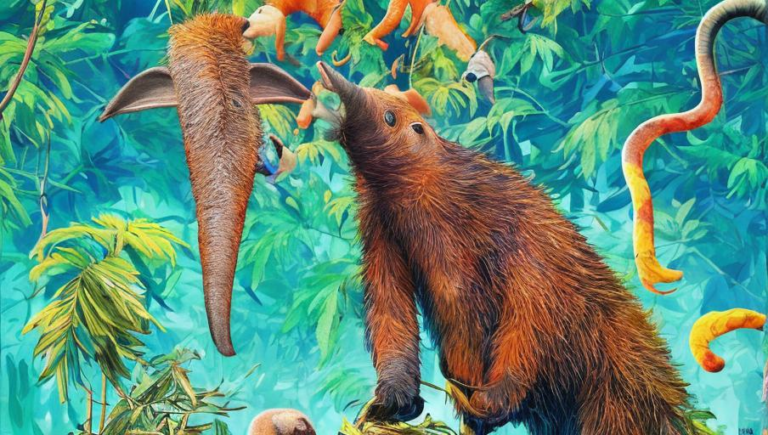Observing Caribou Adaptations
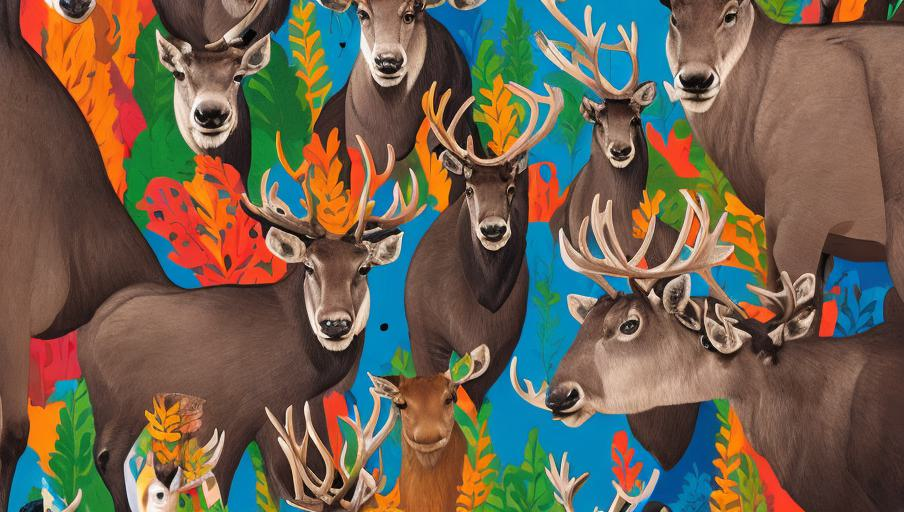
Observing Caribou Adaptations
Caribou are remarkable animals, capable of adapting to a variety of different habitats. These ungulates are found in North America, Europe, Asia, and Greenland and have been around for millions of years. The caribou is a species of the reindeer, and they are known for their impressive physical features. The caribou is most known for its thick, furry coat, long legs, and impressive antlers. But what makes the caribou so successful in the wild?
Habitat Adaptations
The caribou is an ungulate, meaning it has hooves that are specially adapted for living in cold, harsh environments. Caribou are found in a variety of habitats and can adapt to different climates. They can be found in tundras, mountains, forests, and even alpine meadows. Caribou are also able to survive in extreme weather, including blizzards, snow storms, and frigid temperatures. This is because their thick, furry coat and long legs help them to stay warm and prevent them from sinking into the snow.
Adaptations for Eating
Caribou have adapted to their environment in order to survive. They have a specially adapted diet that consists of mainly lichens, mosses, and other shrubs. This diet helps them to survive in their environment, as these plants are able to survive in cold temperatures and are easy to find. Caribou also have specially adapted teeth that help them to grind up the tough plants that they eat.
Adaptations for Reproduction
Caribou have adapted to their environment in order to reproduce. They have a mating season that typically occurs in the fall. The male caribou will fight for the attention of the female and they will often engage in antler-wrestling matches. The female caribou will give birth to a single calf in the spring. The calf will stay with its mother for several months until it is old enough to survive on its own.
Adaptations for Migration
Caribou have adapted to their environment in order to migrate. The caribou will migrate in large herds and can travel hundreds of miles in a single season. The caribou will migrate to find food and avoid predators. They have developed adaptations that allow them to survive in the cold, such as their thick fur, long legs, and hooves. They also have a strong sense of smell that helps them to locate food sources in the winter.
Conclusion
Caribou are remarkable animals that have adapted to their environment in order to survive. They have a thick fur coat, long legs, and hooves that help them to stay warm. They also have specially adapted teeth, a diet of lichens and shrubs, and the ability to migrate long distances. The caribou’s adaptations have helped them to survive in the wild for millions of years and are a testament to their resilience.
